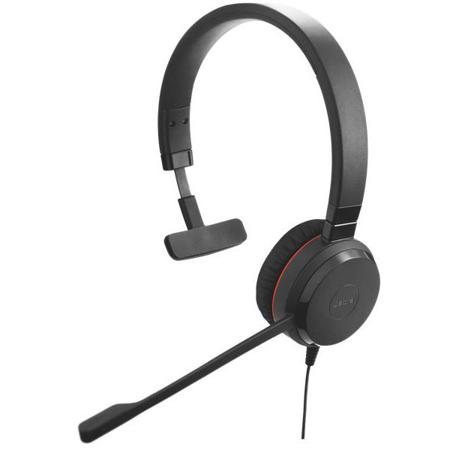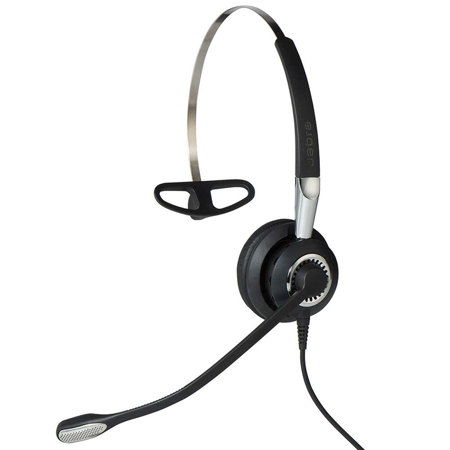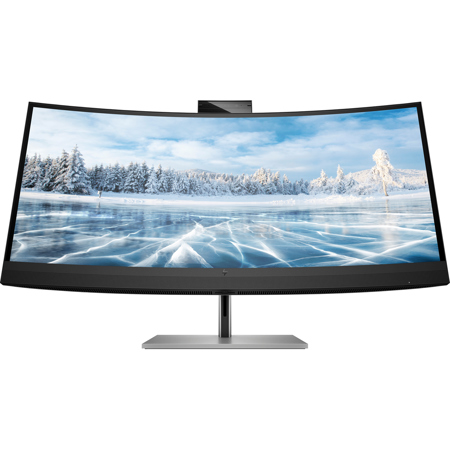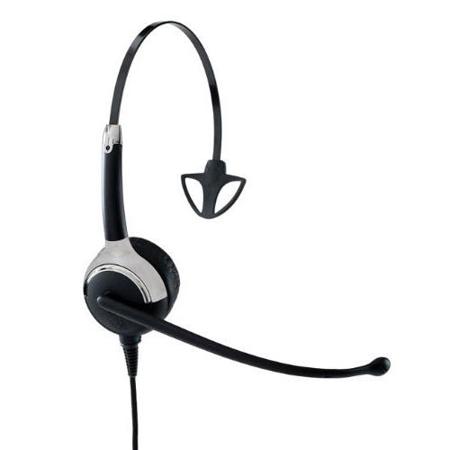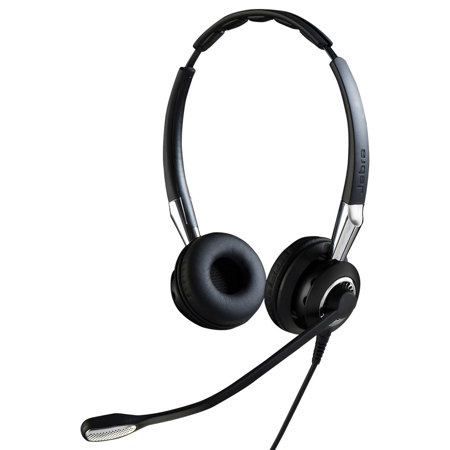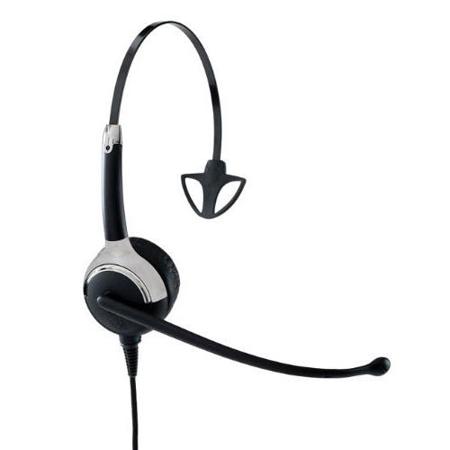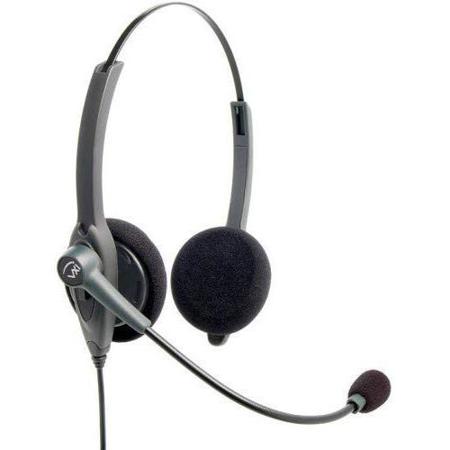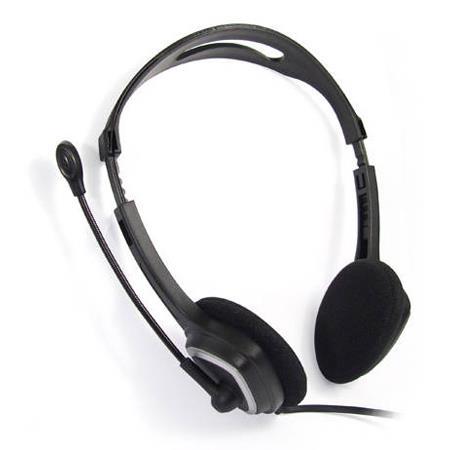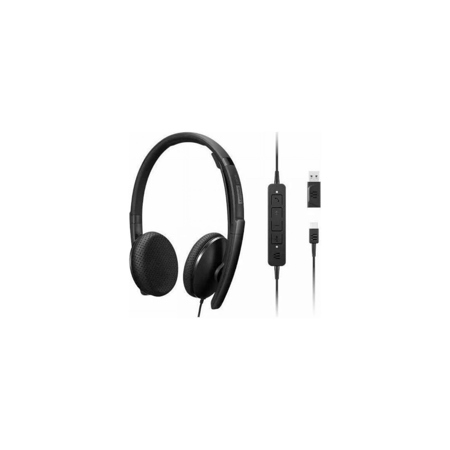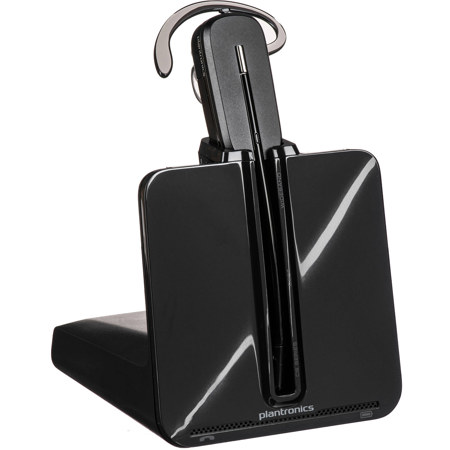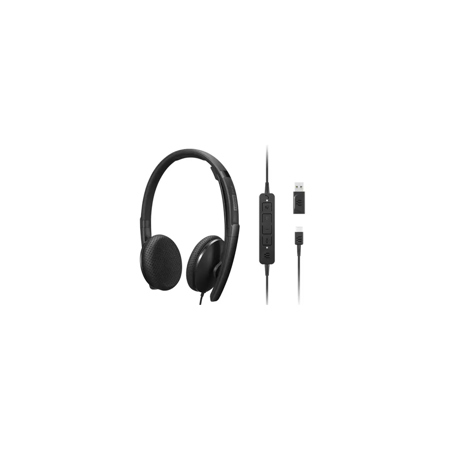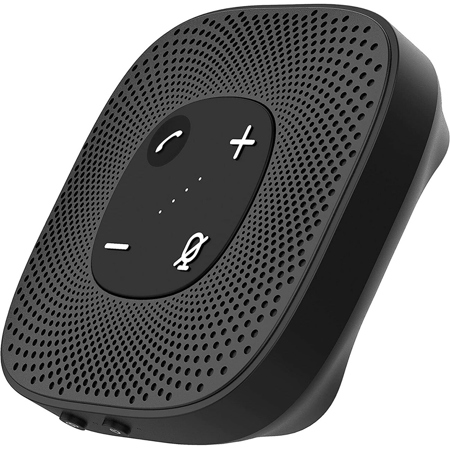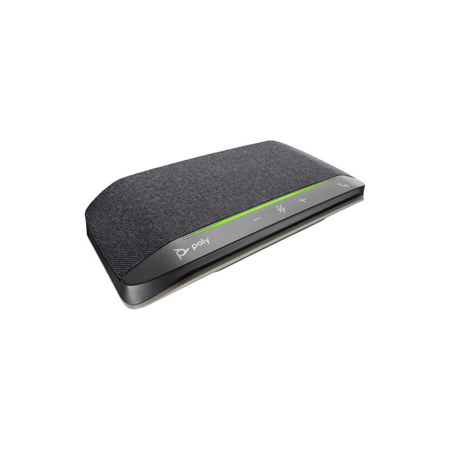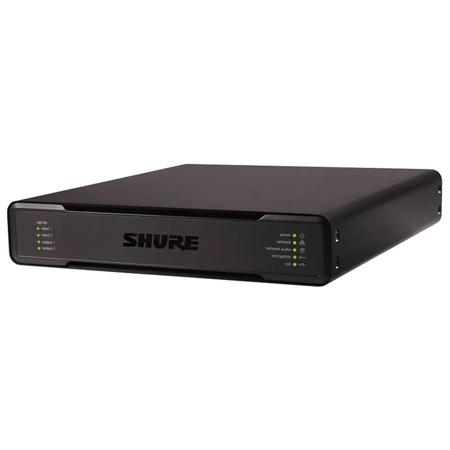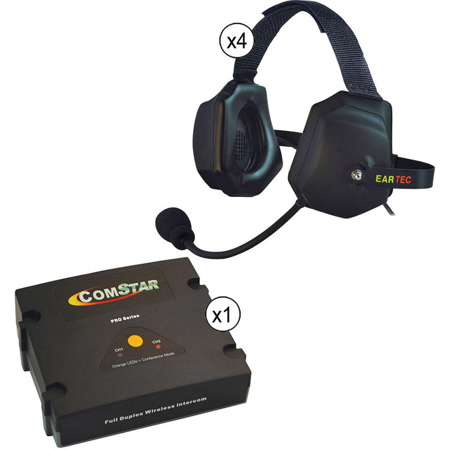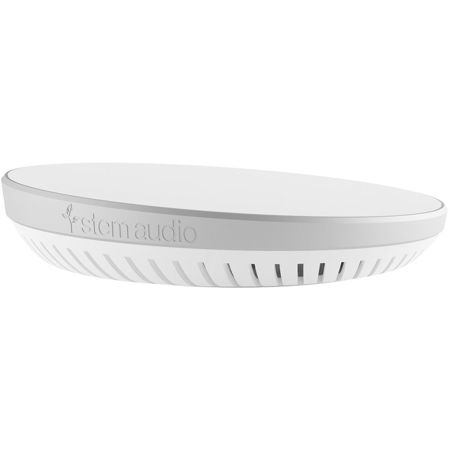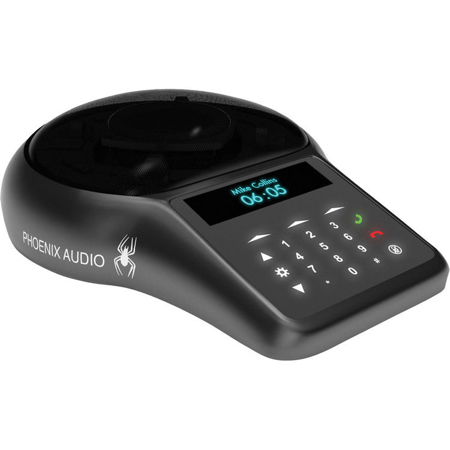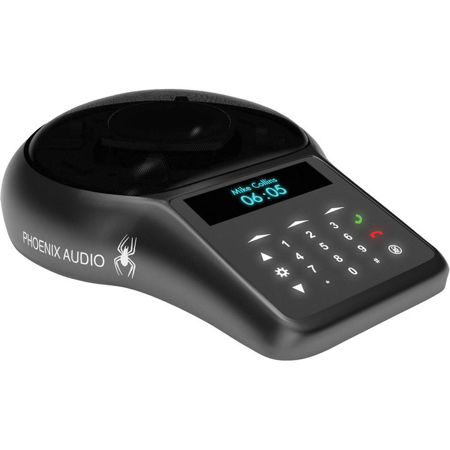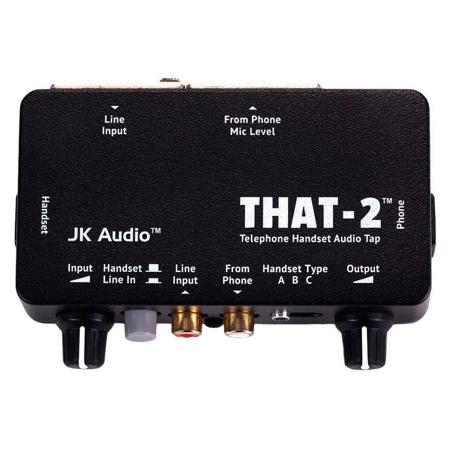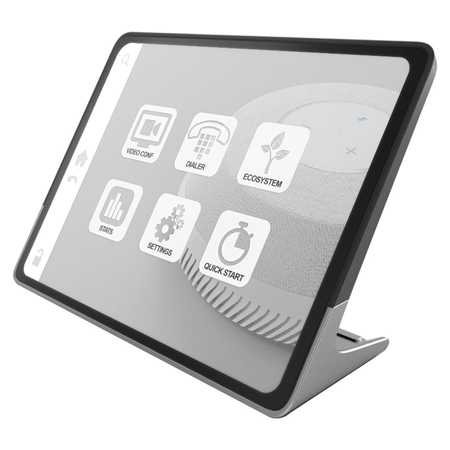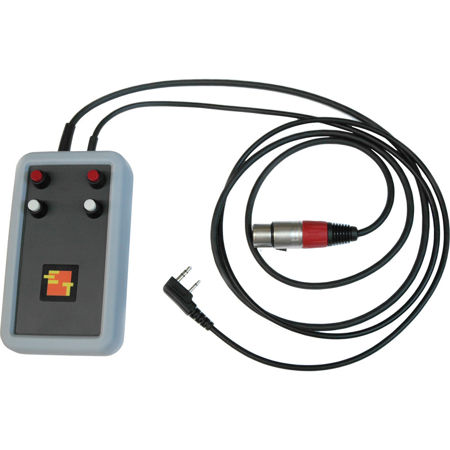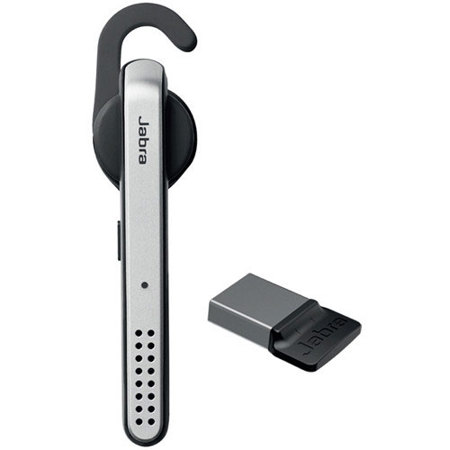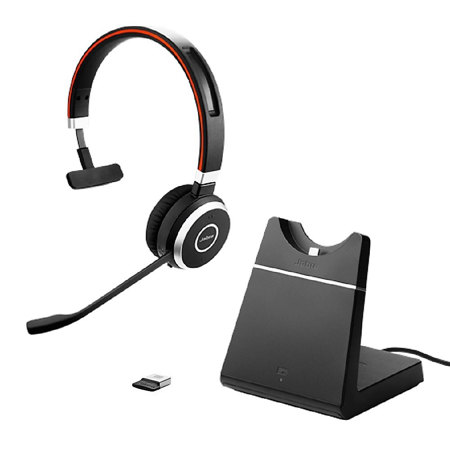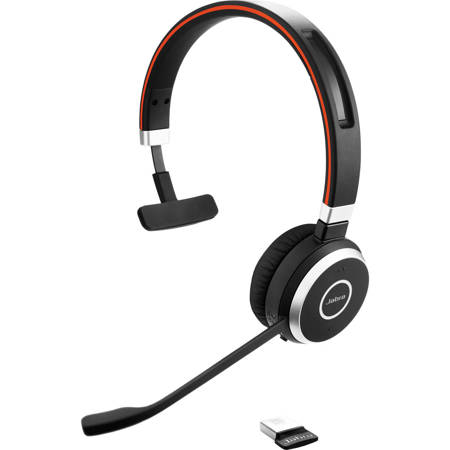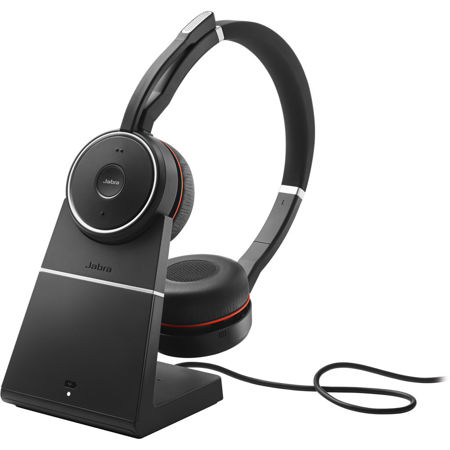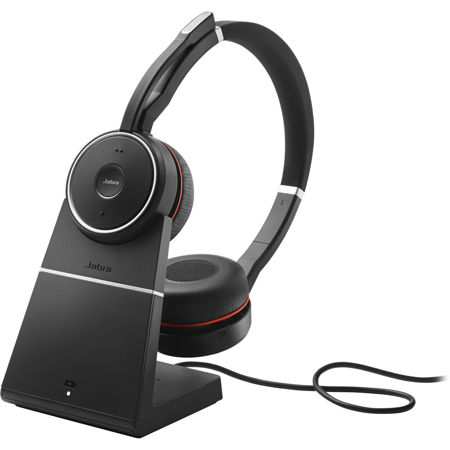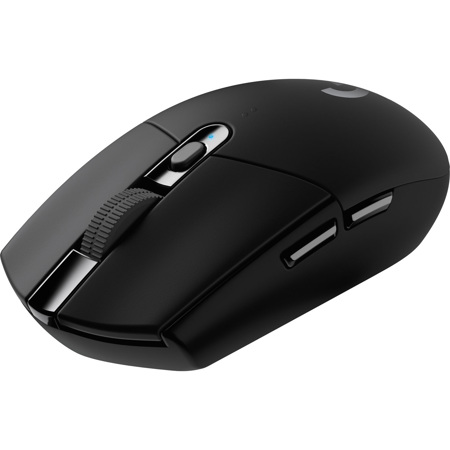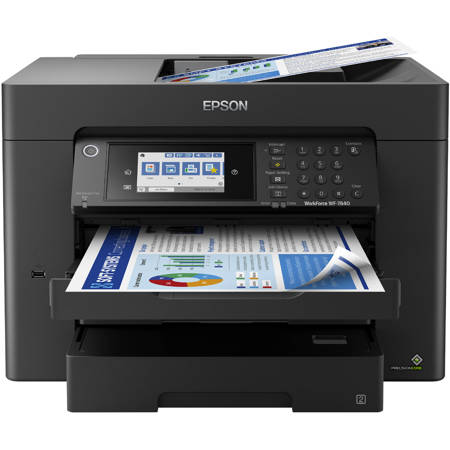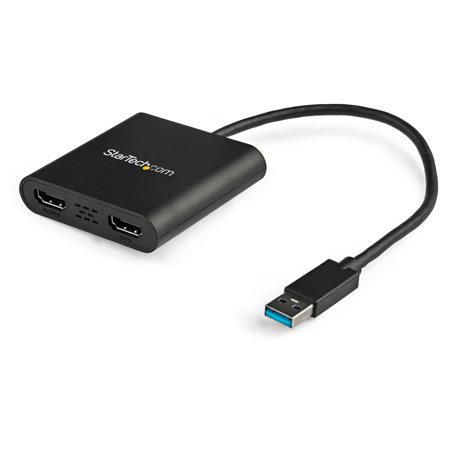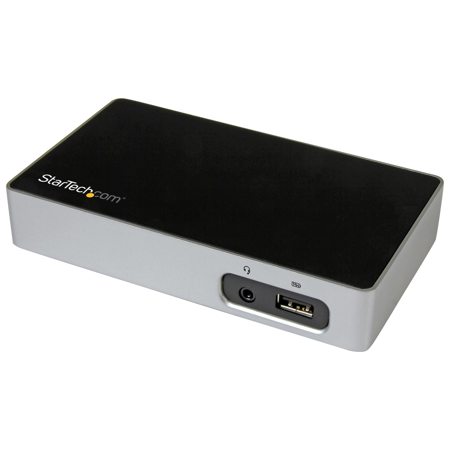Tech Essentials For Call Centers
Outfitting a call center with the right technology is about more than just keeping up with the latest trends—it’s about creating an environment where productivity, clarity, and customer satisfaction thrive. The backbone of any successful call center starts with reliable computers, whether sleek desktops or portable laptops, capable of running multiple applications simultaneously without lag. These machines must be robust enough to handle essential call center software, such as Customer Relationship Management (CRM) platforms, Automatic Call Distribution (ACD) systems, and Interactive Voice Response (IVR) tools. A dependable, high-speed internet connection is equally crucial, ensuring seamless VoIP communications and uninterrupted access to cloud-based resources. As call centers increasingly support omnichannel communication—managing calls, emails, chats, and social media from a single interface—the need for hardware that can multitask efficiently becomes paramount. The right setup not only empowers agents to deliver fast, personalized service but also supports supervisors with real-time reporting and analytics, helping to fine-tune processes and elevate the customer experience.
No call center is complete without high-quality headsets, and choosing the right model can make all the difference during long shifts filled with back-to-back conversations. Noise-canceling features are a must in bustling environments, allowing agents to focus on the caller’s voice without distraction. USB and DECT wireless options, such as a poly dect headset, provide flexibility and comfort, enabling agents to move freely while maintaining crystal-clear audio. As the holiday season approaches and call volumes typically surge, investing in ergonomic accessories—adjustable chairs, dual-monitor setups, and wrist supports—can help prevent fatigue and keep teams energized through peak periods. These tech essentials are not just for full-time professionals; they’re also thoughtful gifts for anyone transitioning to remote customer service roles or setting up a home office. The right tools can transform a basic workspace into a hub of efficiency and professionalism, whether supporting a large team or an individual agent. To explore more options tailored for customer service environments, visit our comprehensive guide at Tech Essentials for Customer Service and discover solutions designed to keep your call center running smoothly, season after season.
No call center is complete without high-quality headsets, and choosing the right model can make all the difference during long shifts filled with back-to-back conversations. Noise-canceling features are a must in bustling environments, allowing agents to focus on the caller’s voice without distraction. USB and DECT wireless options, such as a poly dect headset, provide flexibility and comfort, enabling agents to move freely while maintaining crystal-clear audio. As the holiday season approaches and call volumes typically surge, investing in ergonomic accessories—adjustable chairs, dual-monitor setups, and wrist supports—can help prevent fatigue and keep teams energized through peak periods. These tech essentials are not just for full-time professionals; they’re also thoughtful gifts for anyone transitioning to remote customer service roles or setting up a home office. The right tools can transform a basic workspace into a hub of efficiency and professionalism, whether supporting a large team or an individual agent. To explore more options tailored for customer service environments, visit our comprehensive guide at Tech Essentials for Customer Service and discover solutions designed to keep your call center running smoothly, season after season.
